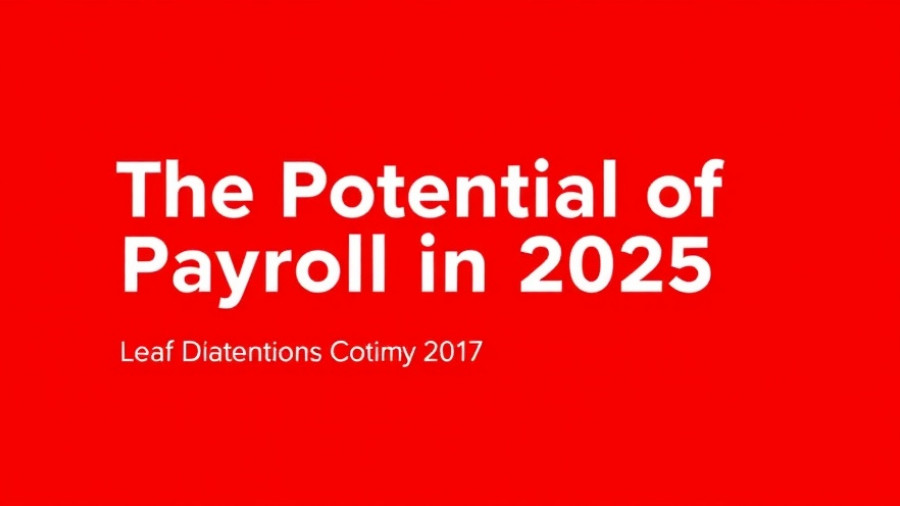
The Legal Dilemma of Employee Replacement During Illness
In the modern workplace, the balance between maintaining efficiency and supporting employee rights has become increasingly complex. A recent case involving an accounting firm that chose to replace a sick employee has put this dilemma under the spotlight. The firm opted to hire a temporary replacement, stating that allowing the sick employee to return would not be efficient, raising legal and ethical questions about employee rights during illness.
Understanding Employer and Employee Rights
Employers often face choices that pit operational needs against the rights of employees. According to labor laws and precedents, a sick employee's right to return to their position typically depends on their ability to perform, which is safeguarded by regulations governing employment rights. The key issue at hand in this case is whether a replacement can justify the permanent loss of an employee's position and what legal protections existed for the employee.
Challenges for Employers: Legal Ramifications
Employers taking such drastic measures risk legal repercussions, as outlined by employment law experts. The case draws attention to the importance of considering legal advice when navigating these tricky waters. An employee's rights during recovery are supported by various labor laws that make it difficult for companies to permanently replace someone without facing potential lawsuits or claims.
The Value of Employee Support During Illness
Replacing a sick employee not only raises legal questions but can also have significant impacts on workplace morale and culture. Employees who witness such actions may feel insecure about their own positions, questioning whether they would receive support during their own time of need. Fostering an environment that understands and supports employees during illness can enhance loyalty and productivity in the long run.
Responsible Management: Finding a Middle Ground
The challenge for employers is finding a balance between operational efficiency and ethical employee treatment. Developing clear policies that respect employees’ rights while also ensuring the business maintains its integrity can help prevent misunderstandings. Fair management strategies could include flexible work arrangements or temporary shifts in responsibilities rather than permanent replacements.
Looking Ahead: Future Trends in Employee Rights
The present case highlights a growing conversation about employee rights, particularly as workplace dynamics continue to evolve. Future trends may lean towards more robust protections for workers, increasing awareness and understanding of the implications of replacing employees during their recovery period.
Concluding Thoughts on Workplace Rights and Responsibilities
The implications of replacing a sick employee extend beyond legal frameworks; they can shape the very culture of a workplace. Organizations must weigh the desire for efficiency against their responsibilities to uphold the dignity and rights of their employees. Ensuring fair treatment could potentially lead to a healthier, more productive workplace environment.
In the face of workplace challenges, it's crucial to understand the value of supporting employees through their struggles. By taking intentional steps and updating policies to protect employee rights, businesses can both comply with legal expectations and foster a supportive culture.
 Rij toevoegen
Rij toevoegen






Write A Comment